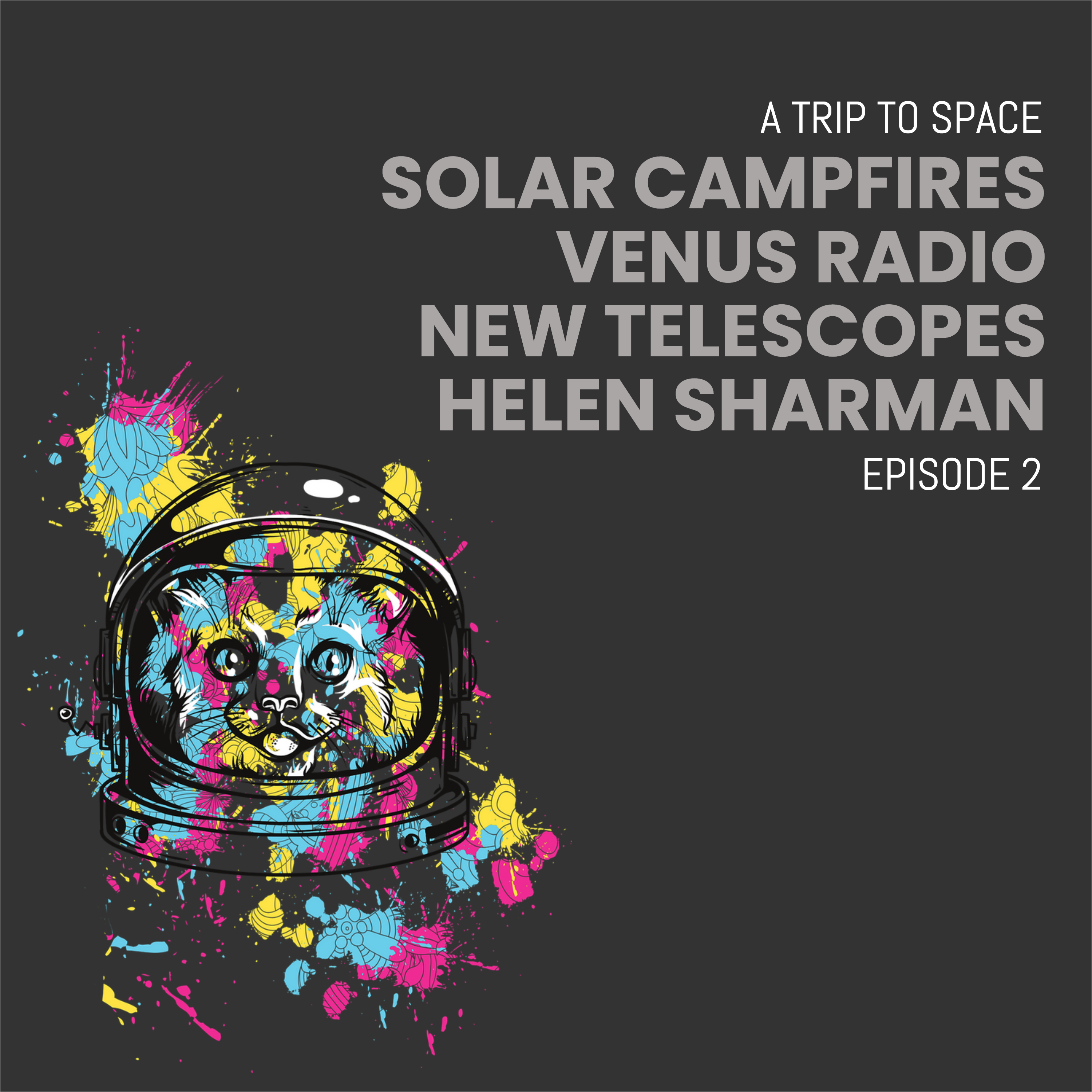Podcast: Play in new window | Download | Embed
Subscribe: Apple Podcasts | RSS | More
In the second episode of the ‘A Trip to Space’ podcast I look at a new study that explores why the Sun is so hot in its outer atmosphere than it is lower down, radio signals from Venus and upcoming telescope projects.
As part of the episode I also ask first British astronaut Helen Sharman whether she would go back into space, if given the opportunity.

A Very Hot Sun
The ‘unimaginably hot’ outer layer of the sun’s atmosphere can reach temperatures of 900,000 degrees Kelvin due to ‘campfires’ on the surface, study finds.
In June last year, ESA released the closest images ever taken of the sun, by the Solar Orbiter, which, for the first time, showed campfires dotted across its surface.
The images revealed around 1,500 small, flickering brightenings that last for between 10 and 200 seconds and span up to 10,000 km across.
Radio Venus
NASA has captured haunting sounds coming from the upper atmosphere of Venus during a close flyby of the Parker Solar Probe launched to study the sun.
The natural radio signal is helping scientists study the atmosphere of ‘Earth’s less hospitable twin,’ according to the NASA team responsible for the probe.
The space agency captured the sounds while the Parker probe was making its ‘closest-ever flyby’ of the planet, travelling at just 830km above the surface.
A new generation of telescopes
Over the next decade a number of new telescopes will come online that could help to find signs of life on worlds outside the solar system.
They include orbital observatories like the James Webb space telescope and Earth-based systems like the massive Extremely Large Telescope (ELT) in Chile.
The goal of the next generation of observatories is to explore further back into the earliest years of the universe and hunt for signs of life on exoplanets.


No responses yet